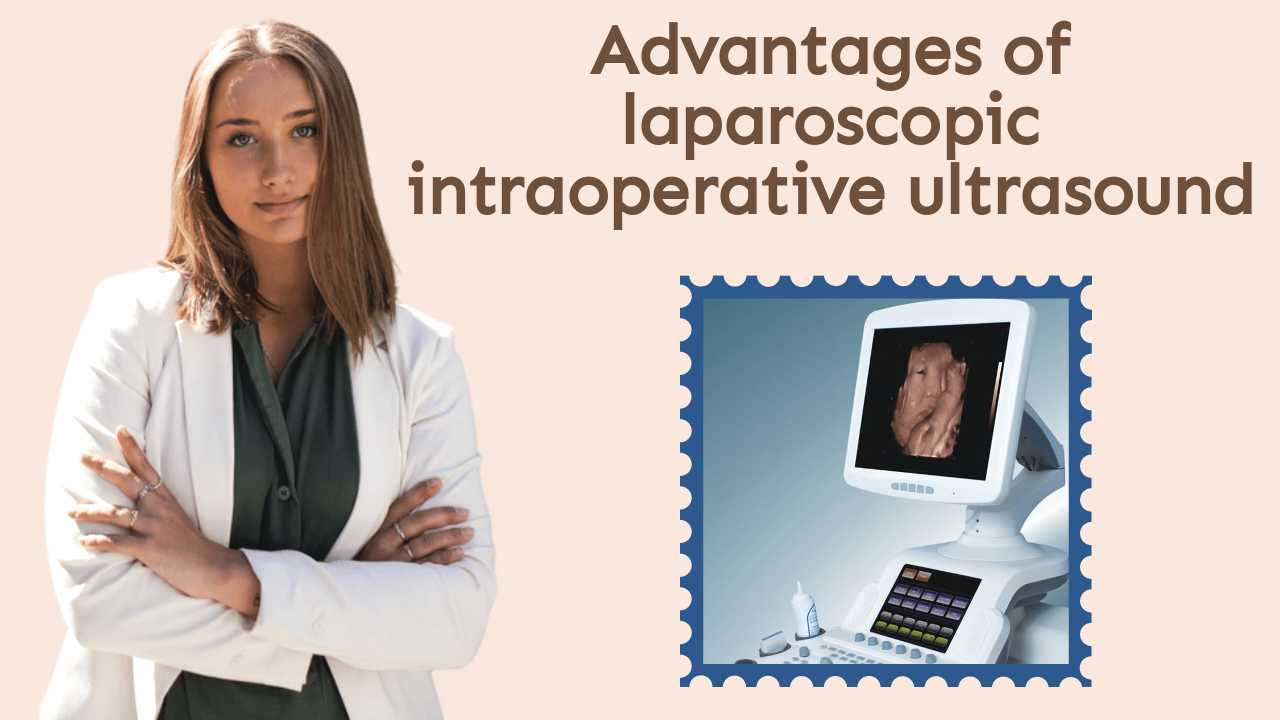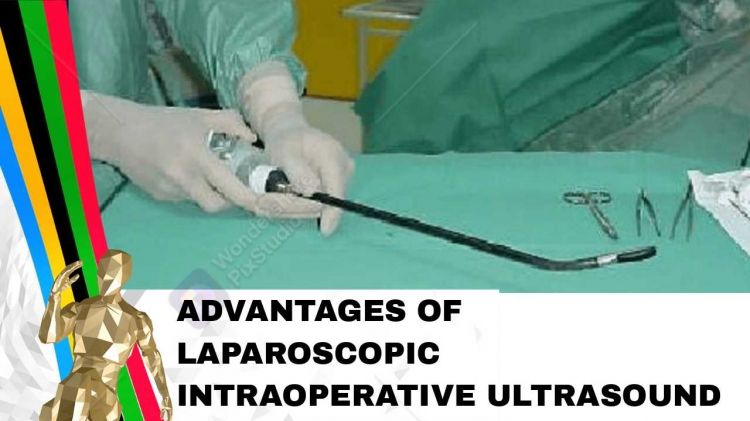
General doctors are increasingly using innovative innovation to achieve operative treatments or help in establishing the need for such treatments. Ultrasound is presently used by laparoscopic surgeons to varying levels based on geographic place, technique patterns, a conventional delegation of use, as well as evolving treatments. While skills in ultrasound are currently a required part of training for board qualification in a surgical procedure in some countries, it does not makeup part of that screening process in India, ultrasound machines are commonly readily available on the intermediate treatment systems of medical facilities for usage by citizens; in several various other countries, they are limited to being situated in the location of radiologic researches with restricted usage by radiologists just.
Ultrasound transducers function to convert electric energy to sound wave energy using piezoelectric crystals. The acoustic waves are distributed in a parallel (direct transducers) or radial (industry transducers) pattern. The ultrasound waves variably permeate cells as well as tissue user interfaces, with some power being shown back to the transducer at such user interfaces. The transducer converts the signal of such reflected waves to continual gray range pictures on the ultrasound monitor. This is B-mode scanning.
Transducers are designed to generate ultrasound waves of different frequencies. The higher the frequency of the waves, the better resolution of the image shared to the screen. Thus a 10 MHz transducer will certainly create a dramatically much more clear image than a 5 MHz transducer. The disadvantage to greater MgHz transducers is that the ultrasound waves of greater frequencies are more rapidly undermined with cells penetration. 10 MHz transducer can not penetrate greater than around 5 cm into the parenchyma of a strong body organ such as the liver, as well as does not generate acceptable photos of intraabdominal frameworks if it is applied transabdominal. Intraoperative use of an ultrasound probe, where the stomach wall surface density is not a concern, allows the use of greater MgHz ultrasound transducers considering that the transducer is placed straight externally of the organ to be imaged. Therefore, intraoperative ultrasound photos are much sharper and well defined than those gotten with a transabdominal method.
Laparoscopic intraoperative ultrasound (LIOUS) is a surgical technique that uses ultrasound technology during laparoscopic surgery. LIOUS has several advantages over traditional surgical techniques, including improved visualization of internal organs, enhanced accuracy of surgical procedures, and improved patient outcomes. In this essay, we will discuss the advantages of LIOUS, its applications, and its potential impact on the field of surgery.
Advantages of Laparoscopic Intraoperative Ultrasound:
-
Improved Visualization: LIOUS allows for improved visualization of internal organs and structures during surgery. The use of ultrasound technology can provide real-time images of the surgical site, allowing surgeons to more accurately locate and identify structures that may be difficult to see with the naked eye.
-
Increased Accuracy: LIOUS can increase the accuracy of surgical procedures. Surgeons can use ultrasound technology to guide the placement of surgical instruments and ensure that the procedure is performed with greater precision. This can result in better outcomes for patients and a reduced risk of complications.
-
Reduced Risk of Complications: LIOUS can reduce the risk of complications associated with laparoscopic surgery. The improved visualization and increased accuracy provided by ultrasound technology can help to minimize the risk of inadvertent damage to surrounding structures and tissues.
-
Improved Patient Outcomes: LIOUS has been shown to improve patient outcomes. Studies have shown that the use of ultrasound technology during laparoscopic surgery can lead to shorter hospital stays, reduced recovery times, and improved overall outcomes for patients.
Applications of Laparoscopic Intraoperative Ultrasound:
LIOS can be used in a variety of surgical procedures, including:
-
Hepatobiliary Surgery: LIOUS is commonly used in hepatobiliary surgery to improve visualization of the liver and bile ducts. The use of ultrasound technology can help surgeons to identify tumors and other abnormalities in the liver, which can improve surgical outcomes.
-
Gynecologic Surgery: LIOUS is also used in gynecologic surgery to improve visualization of the uterus, ovaries, and fallopian tubes. The improved visualization provided by ultrasound technology can help to identify tumors and other abnormalities, which can improve outcomes for patients.
-
Urologic Surgery: LIOUS can also be used in urologic surgery to improve visualization of the kidneys and bladder. The use of ultrasound technology can help to identify tumors and other abnormalities in the urinary system, which can improve surgical outcomes.
-
General Surgery: LIOUS can be used in a variety of general surgical procedures, including hernia repair and gallbladder removal. The improved visualization and increased accuracy provided by ultrasound technology can help to minimize the risk of complications and improve patient outcomes.
Potential Impact on the Field of Surgery:
The use of LIOUS has the potential to revolutionize the field of surgery. The improved visualization and increased accuracy provided by ultrasound technology can lead to better outcomes for patients, reduced healthcare costs, and a reduced risk of complications associated with laparoscopic surgery.
The adoption of LIOUS may also lead to further advancements in laparoscopic surgery. As surgeons become more comfortable with the technology, they may be able to perform even more complex surgical procedures with improved outcomes.
In addition to its potential impact on patient outcomes and healthcare costs, LIOUS may also have a significant impact on surgical education and training. Surgeons will need to undergo specialized training to become proficient in the technique, and surgical education programs may need to update their curricula to incorporate this new technology.
Conclusion:
Laparoscopic intraoperative ultrasound (LIOS) is a surgical technique that uses ultrasound technology during laparoscopic surgery. The technique has several advantages over traditional surgical techniques, including improved visualization of internal organs, enhanced accuracy of surgical procedures, and improved patient outcomes. LIOS can be used in a variety of surgical procedures, including hepatobiliary surgery, gynecologic surgery, urologic surgery, and general surgery. The use of LIOUS has the potential to revolutionize the field of surgery, leading to better outcomes for patients, reduced healthcare costs, and a reduced risk of complications associated with laparoscopic surgery.
The adoption of LIOUS may also lead to further advancements in laparoscopic surgery. Surgeons who become proficient in the technique may be able to perform even more complex surgical procedures with improved outcomes. Additionally, the use of LIOUS may pave the way for the development of new technologies and techniques that further improve the accuracy and safety of laparoscopic surgery.
However, the adoption of LIOUS also presents some challenges. Surgeons will need to undergo specialized training to become proficient in the technique, and surgical education programs may need to update their curricula to incorporate this new technology. Additionally, the cost of LIOUS equipment and training may be a barrier to its widespread adoption.
Despite these challenges, the potential benefits of LIOUS are significant. The improved visualization and increased accuracy provided by ultrasound technology can lead to better outcomes for patients and a reduced risk of complications associated with laparoscopic surgery. As the use of LIOUS becomes more widespread and surgeons become more proficient in the technique, the true potential of this technology may be realized.
In conclusion, LIOUS is a surgical technique that uses ultrasound technology during laparoscopic surgery. The technique has several advantages over traditional surgical techniques, including improved visualization, increased accuracy, and improved patient outcomes. LIOUS can be used in a variety of surgical procedures, and its adoption has the potential to revolutionize the field of surgery. However, the adoption of LIOUS presents some challenges, and further research is needed to fully understand its safety, efficacy, and cost-effectiveness. As the use of LIOUS becomes more widespread, its potential to improve patient outcomes and reduce healthcare costs will become increasingly apparent.
